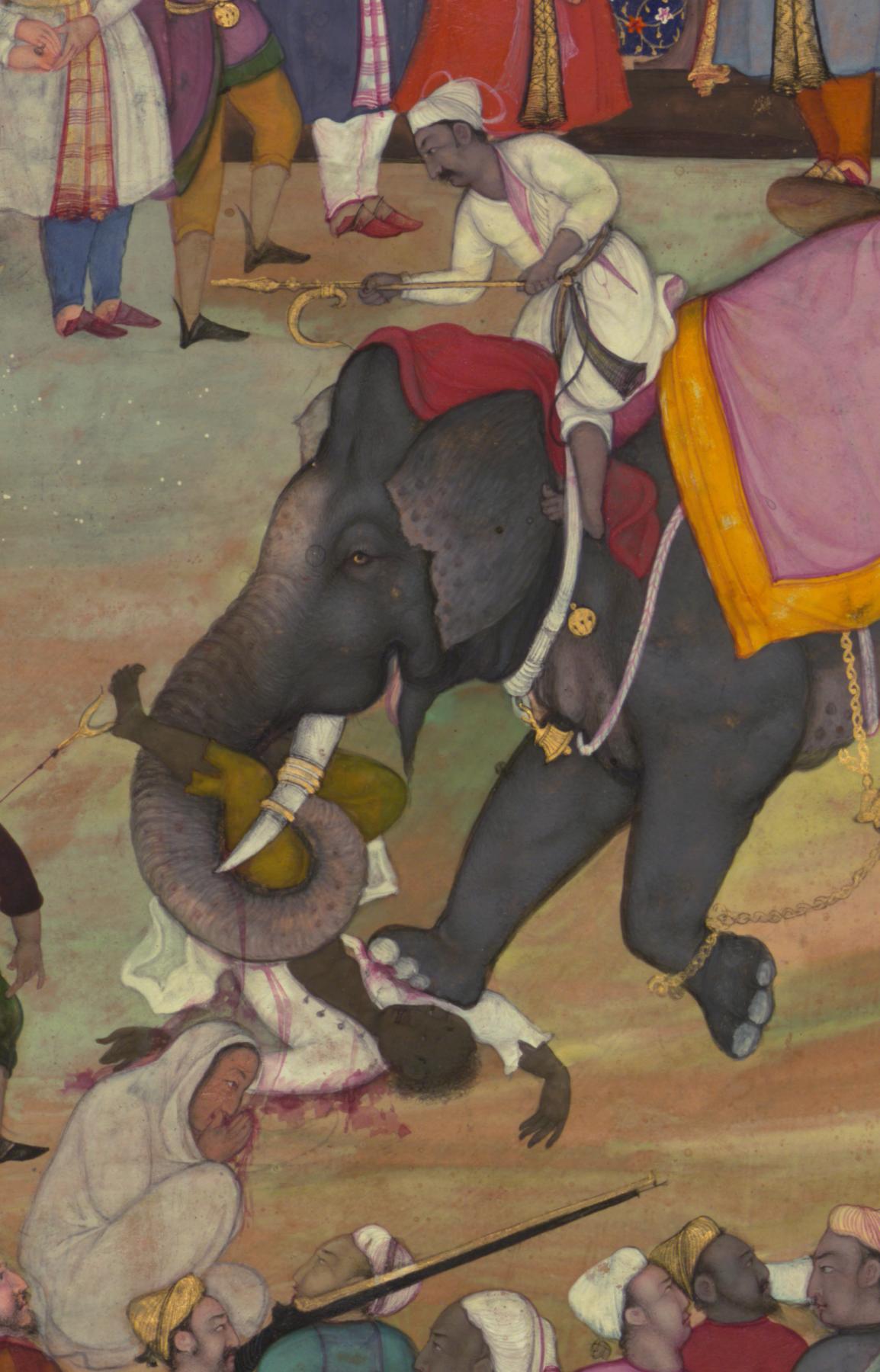We
return to the Taj Mahal complex, armed with fresh set of information. As we
wander through the complex, our eyes now start to notice details which were at
first hidden. Apart from the main building, the complex also contains stables,
cowsheds, guest houses, and a drum house. Why does a tomb require stables,
cowshed and drum house? We can expect to see stables, cowshed and drum house in
a temple or a palace but not in a tomb. When we enter through the Western Gate,
we see many rooms on either side of the road making the Taj Complex more
suitable to be a residential complex than a tomb. We also notice eleven kalash
(pinnacles) above the South Gate. Could it be that the Taj was originally built
as a Shiva temple with one kalash for each of the eleven Rudras?
Most
people assume that the Taj is an Islamic building because of its domed roof.
The ancient kingdoms of India have sported domed roofs on many of their
buildings. Similar type of domed roof can be found in many temples across
India. The kings of the Vijayanagar kingdom had incorporated such roofs in
their buildings around the city. Moreover, the Taj dome is carved in the shape
of lotus petals. The lotus flower is the symbol of Hinduism and not of Islam.
The
central dome of the Taj sports a beautiful pinnacle. To the untrained eye, the
pinnacle appears in the form of a crescent moon but, closer inspection makes it
very clear that it is the sculpture of a Hindu kalash (water pot) topped with a
coconut and mango leaves. The pinnacles on top of the Mosques sport a C- shaped
crescent and do not look like the pinnacle of the Taj.
The
Taj mahal is also surrounded on four corners by what looks to be minarets. Why
should a tomb have minarets? The purpose of a minaret is to call the faithful
to prayer. Why aren’t any minaret located at the Mosque inside the Taj complex?
Minarets usually rise from the shoulder of the mosque and are taller than the
mosque. The so called minarets around the Taj are shorter than the Taj. They
look more like watch towers part of a palace than minarets.
The
octagonal structure of the Taj and the octagonal cupolas in the four towers
around the Taj give it a Hindu aura. The number 8 is sacred for Hindus who
worship the guardians of the eight direction whereas, 8 has no significance in
Islam. Also, why does the mosque face East? The mosques are supposed to be
oriented so that they face Holy Mecca. Were the builders unable to distinguish
between East and West?
The
first thing we notice is a recess above the entrance. It is customary to place
an idol of Lord Ganesha in the recess. We are further surprised to see a large
well inside the building. The windows of the various rooms open into the well.
It must have been very comfortable in the summer time because of the air cooled
by the water. The well goes down seven storey down to reach the water table. It
must have been convenient for the people living in the rooms on all the seven
storey which open into the well to draw water from their rooms.
The
decorations of flower pots on the walls are typical Rajput designs called
Ghulab Dhani. Please see similar design in the attached photo of the Deeg Palace
of Bharatpur , Rajasthan. Where do the many secret stairways which are walled
up lead? What are in the secret rooms which have been blocked by a crudely
built brick wall?
Continued On:






